October 3, 2024
How to maximize the efficiency of wind-assisted ships
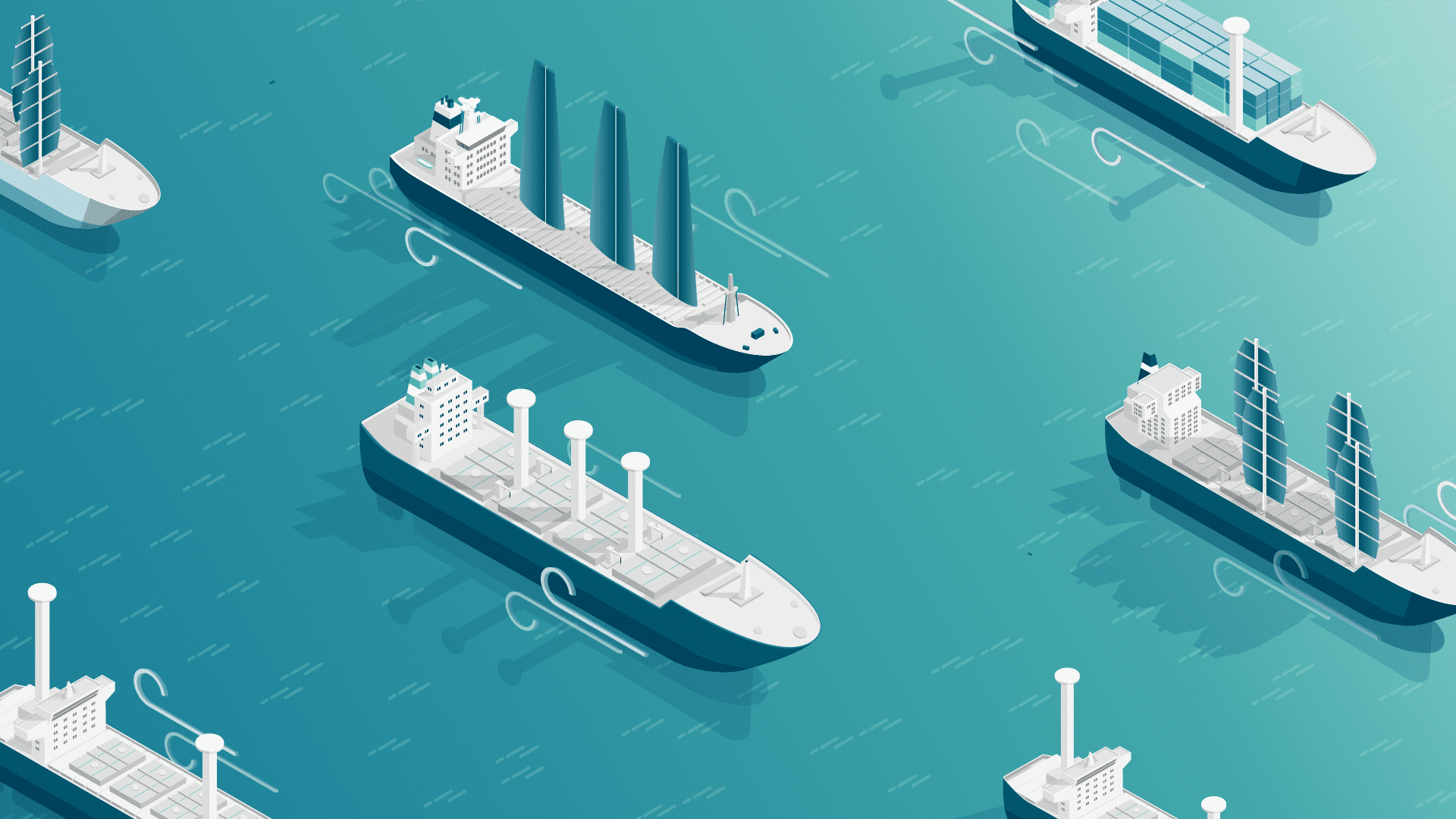
As the maritime industry seeks to reduce its carbon footprint and comply with stricter environmental regulations, wind propulsion is emerging as a promising solution to significantly reduce fuel consumption and emissions from ships.
However, harnessing wind power is not just about installing sails, wings, or kites – it’s also about navigating the inherent challenges that come with wind propulsion. From complex and fast-evolving weather patterns to training, integrating advanced digital technologies can help operators optimize routes, ensure safety and stability, and enhance a vessel’s overall efficiency.
Challenge 1. Navigating complex wind patterns
The complex task of sailing through unpredictable wind patterns requires both careful pre-planning and adjustments throughout a ship’s journey. Fast-evolving wind speed and direction, as well as waves and currents, must be assessed and constantly re-assessed throughout the voyage to determine the best possible route. This is particularly important for wind-assisted vessels, which need to catch winds at the right speeds and angles to make the most of their wings, rotors, or sails.
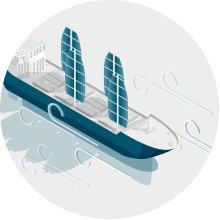
Solution – NAPA Voyage Optimization
Relying on traditional means and manual methods alone risks leaving a lot of savings on the table. Instead, understanding changes in wind patterns and using this to the vessel’s advantage requires advanced digital tools. NAPA Voyage Optimization simulates and evaluates potential route and speed profile variations in real time, enabling decision-makers to choose the best route to maximize fuel and emissions savings.
Challenge 2. Variable sea conditions
Dealing with variable sea conditions requires continuous monitoring and adapting to the unpredictable maritime environment to ensure both safety and efficiency.
Solution – Dynamic Weather Routing
Powered by highly accurate and granular nowcast data, NAPA’s dynamic weather routing helps ship operators adapt to fast-evolving wind speeds, directions, waves, and currents, delivering precise calculations in real time. This allows for optimal navigation even in the most unpredictable weather conditions.
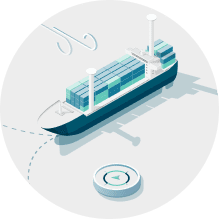
Challenge 3. Enhanced stability requirements
Meeting enhanced stability requirements requires ensuring that the vessel maintains optimal balance and control under various conditions to prevent capsizing and to ensure the safety of both crew and cargo.
Managing vessel safety and stability becomes even more important as wind propulsion systems tend to add weight to the upper part of a ship, which impacts its center of gravity. This is where advanced digital systems can play a critical role.
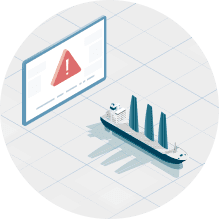
Solution – NAPA Stability and NAPA Loading Computer
NAPA Stability and NAPA Loading Computer can account for these factors, validating all specific stability criteria for wind-assisted ships throughout their operations. This can include maximum heeling movement from the sail and beam wind, given the wind speed throughout the journey, for example.
Want a demo?
Get in touch with our experts to hear how NAPA can maximize the efficiency of your wind-assisted ship.
Challenge 4. Maximizing emissions savings
Another challenge is maximizing emissions savings, which is key to achieving the best possible CII score and minimizing costs under EU ETS and FuelEU, for example. This requires implementing strategies and technologies to make the best possible use of wind propulsion systems throughout operations.
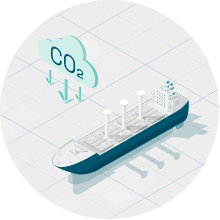
Solution – Combine Wind Propulsion with Voyage Optimization
It should be a no-brainer to combine wind propulsion systems with voyage optimization systems that enable ships to catch optimal winds.
Indeed, modelling studies provide data-driven evidence that weather routing will be indispensable to tap into the full emissions savings potential of wind propulsion. For example, a joint study led by NAPA, Sumitomo and Norsepower has shown that combining rotor sails and voyage optimization can achieve average emissions reductions of up to 28%, with 12% attributable to weather routing.
A 2023 study by the University of Manchester has shown that voyage optimization amplifies carbon savings to over 30% on “ideal” routes where wind speed and angle are particularly favorable. When averaged across all routes, the same study found that average carbon savings increased from 10.8% using rotor sails alone to 17.7% when supported by voyage optimization.
In short, weather routing enables shipowners to make the most of their wind propulsion systems, which saves fuel and emissions, thereby easing regulatory compliance, current and future.
Challenge 5. Crew training and operational efficiency
Providing comprehensive training programs to ensure the crew is prepared to handle new technologies is essential to improve overall operational performance and safety.
Solution – Easy-to-use Simulation Tools
NAPA provides easy-to-use simulation tools to equip crews with in-depth knowledge to operate ships at peak efficiency. These tools not only help seafarers familiarize themselves with the technology during training, but they continue to support decision-making onboard to ensure the crew is able to operate the vessel safely and efficiently.

Challenge 6. Neutral evaluation of wind technologies
With a growing number of technologies reaching maturity, decisions around the installation of wind propulsion systems must be based on a holistic approach. Whether a retrofit or newbuild project, this involves proactively assessing how such systems will transform vessel designs, operational parameters, and safety on board. Therefore, it is important to conduct a neutral evaluation of wind technologies, which requires an unbiased assessment of various WAPS to determine their effectiveness, reliability, and suitability for different applications.
With the International Windship Association (IWSA) estimating that 10-15% of the global fleet, mainly tankers and bulkers, could be equipped with wind propulsion systems by 2030, shipowners want to be able to assess if there is a strong business case for installing these systems on their own unique fleets.
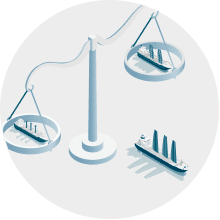
Solution – NAPA Studios to objectively evaluate wind-assisted propulsion systems
NAPA Studios can support those assessments by objectively evaluating the potential savings that wind-assisted propulsion systems can achieve on their vessels, given their types and the specific routes where they will be operated.
Despite the challenges traditionally associated with WAPS, digital technologies are actively rewriting the playbook and helping the maritime industry adopt wings, rotors and sails with confidence. The combination of digital optimization, weather routing, and stability can help unlock the full potential of wind propulsion, ultimately making shipping more sustainable and cost-effective.
Want to know more?
Get in touch with our experts to hear how NAPA can help you